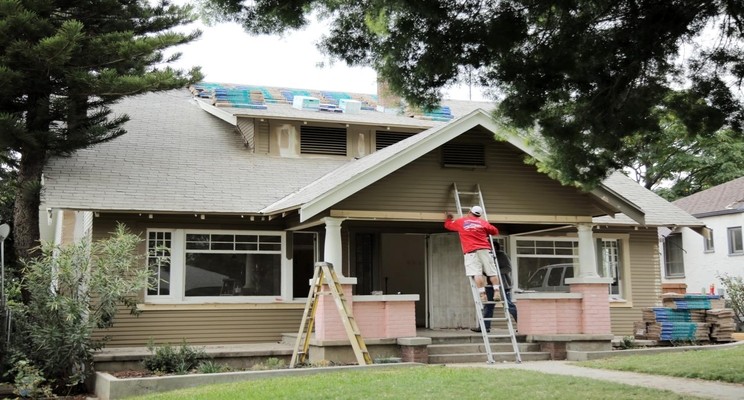Are you ready to boost your profits in property flipping? Mastering the 70 Rule in real estate is your ticket to success!
This strategy, favored by seasoned investors, guides you in pinpointing the ideal purchase price for flipping properties. By sticking to 70% of the After-Repair Value (ARV) minus repairs, you can secure healthy profit margins of 10% to 20%.
With a deep dive into ARV, repair costs, and expert guidance, you’ll confidently navigate the world of flipping.
Unlock the secrets to successful house flipping with this essential rule!
Understanding the 70% Rule
To understand the 70% rule in house flipping, you must calculate the after-repair value (ARV) accurately. This rule of house flipping in real estate suggests not exceeding 70% of the ARV minus repair costs when purchasing a property.
Achieving profit margins between 10% to 20% of the ARV is a common objective for successful flips. The precise determination of the after-repair value is crucial for applying this rule effectively.
Seek professional guidance, conduct thorough inspections, and obtain detailed repair cost estimates to ensure the accuracy of your calculations. Following this rule diligently can assist in setting realistic budgets, maximizing profits, and minimizing financial risks in your house flipping endeavors.
Practical Application Tips
Utilize the 70% rule for flipping properties by accurately calculating the After-Repair Value (ARV) and evaluating repair costs to maximize profits and minimize risks. Determine the ARV by researching comparable home sales in the area and considering market trends. Obtain multiple contractor quotes to assess repair costs thoroughly. Factor in a buffer for unexpected expenses and delays in your budget.
When setting your purchase offer, stick to the 70% limit to ensure a profitable flip. Stay mindful of carrying costs like insurance and maintenance fees. By adhering to these practical steps, you can increase your chances of success in the competitive house flipping market.
Challenges and Adjustments
Navigate market fluctuations and property-specific conditions with flexibility and adaptability when flipping houses. Challenges in house flipping may require adjustments to the standard 70% rule.
In hot markets, where competition is fierce, you might need to consider offers above the 70% threshold to secure properties. Understanding market dynamics, property nuances, and unforeseen variables is crucial for successful flips.
Holding onto a property for extended periods can diminish the effectiveness of the rule, leading to increased carrying costs. Stay informed about insurance, maintenance expenses, and overall market trends to make informed decisions.
Importance and Limitations
Flexibility and adaptability are crucial when considering the importance and limitations of the 70% rule of house flipping. This rule serves as a valuable guideline for investors, helping prevent overpayment and ensuring informed decision-making. By setting a maximum purchase price based on a property’s after-repair value (ARV) minus repair costs, you can assess project feasibility and potential profits.
However, it’s important to recognize the limitations of this rule. Market fluctuations, holding costs, and financing expenses are factors not accounted for by the 70% rule. Local market conditions may also affect its applicability, requiring adjustments based on specific circumstances. Understanding both the significance and constraints of this rule will enhance your ability to navigate the house flipping market effectively.
Tips for Successful Flipping
To succeed in flipping properties, you should consider budgeting for potential delays and cost increases. Safely estimating and preparing for unforeseen circumstances can enhance your readiness for challenges that may arise during the flipping process.
Adopting an under-promise and over-deliver approach can lead to positive outcomes by allowing for unexpected expenses without jeopardizing your bottom line. Factors such as holding costs, market conditions, property location, and condition play vital roles in the success of your house flipping endeavors.
Thorough market analysis, extensive research, and a deep understanding of property-specific factors are crucial components for achieving success in the competitive world of property flipping.
Conclusion
Now that you understand the 70% Rule for flipping properties, you’re equipped to make informed decisions and maximize your profits.
By sticking to this rule, you can ensure that you secure healthy profit margins and avoid potential pitfalls in the flipping process.
Remember to utilize precise repair cost estimates and expert advice to navigate challenges and make necessary adjustments along the way.
With this essential tool in your arsenal, you’re well on your way to successful property flipping ventures.










